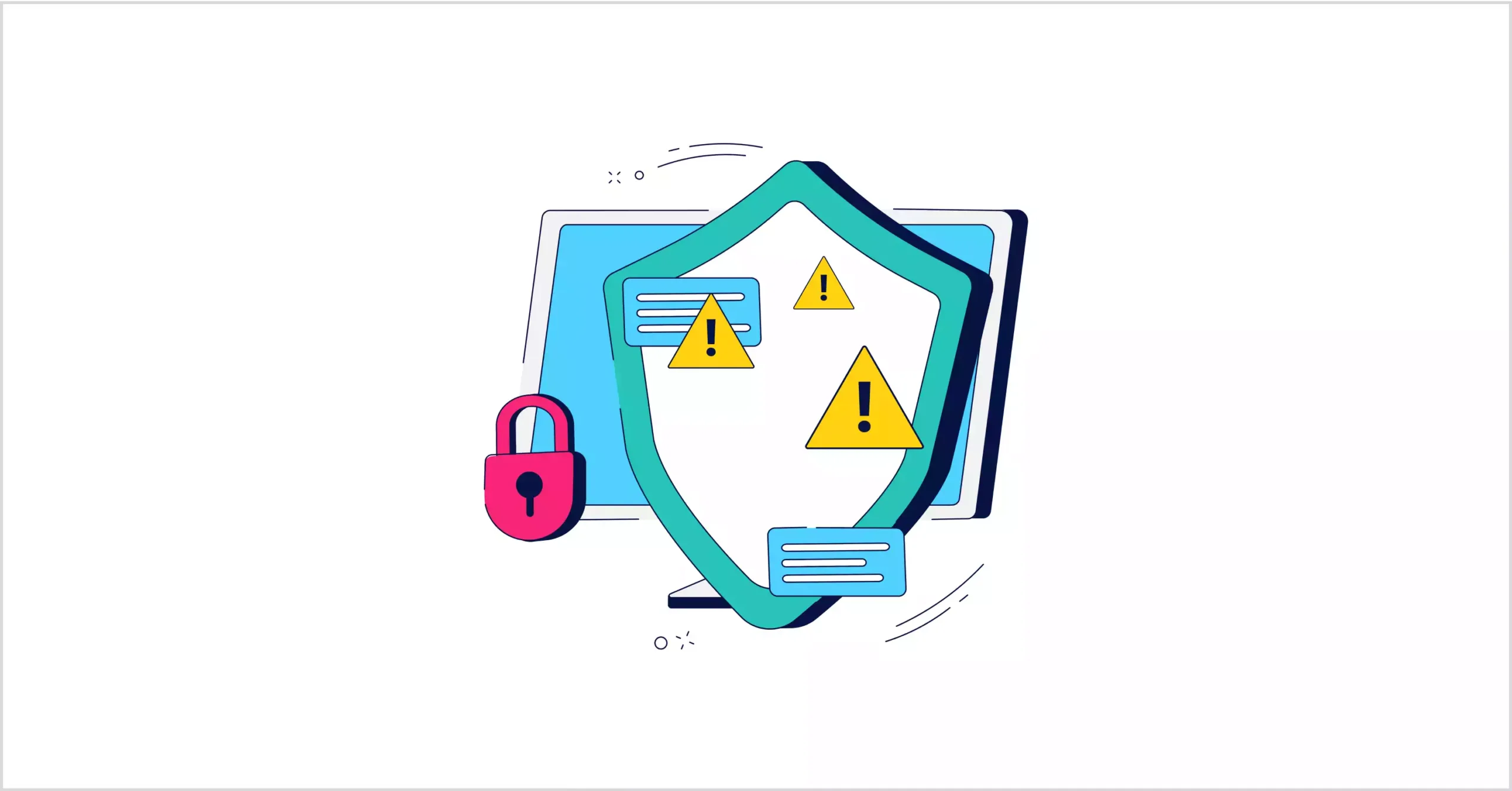Decoding Authorized Push Payment Fraud: what it is and how to avoid it
Are you seeking ways to protect your company’s finances from sophisticated scams? Authorized Push Payment (APP) fraud is a rising threat, tricking businesses into unknowingly transferring funds to fraudsters. In 2023, APP fraud losses in Europe were estimated to reach €2.2 billion, a further increase of 25% compared to 2022. Understanding this type of fraud and learning to avoid it is crucial for protecting your company’s financial well-being. In this blog post, we’ll decode the complexities of APP fraud, providing you with the knowledge and practical tips needed to keep your business finances secure and ensure your operations remain uninterrupted.
Authorized Push Payment (APP) fraud is a type of financial scam where someone is deceived into sending payments to fraudsters, believing them to be legitimate entities. This occurs when a fraudulent request for payment is made, often exploiting gaps in communication or trust within financial transactions. Fraudsters may impersonate suppliers, clients, or executives through various means, such as phishing emails or compromised communication channels. Once the payment is authorized, it is difficult to reverse, leading to financial losses for the targeted company.
Authorized Push Payment frauds come in various forms, each designed to exploit different vulnerabilities within companies’ processes:
Understanding these common tactics is essential for companies to recognize and prevent APP fraud, safeguarding their financial resources and reputation.
Understanding the signs and indicators of APP fraud is crucial for early detection and prevention. Here are common red flags to watch out for:
Recognizing these warning signs empowers businesses to take proactive steps in verifying transactions and preventing potential financial losses due to APP fraud. By implementing robust security protocols and fostering a culture of awareness, businesses can effectively mitigate the risks associated with fraudulent activities targeting their finances.
If your company falls victim to Authorised Push Payment (APP) fraud, it’s crucial to act swiftly to minimize potential financial losses and mitigate further risks. Here are the immediate steps to take:
Note : The Payment System Regulator announced that at the end of 2024, a new mandatory reimbursement framework will begin in the UK. All UK Payment Service Providers (PSPs) will have to reimburse their customers victim of APP scams, following official rules (more information).
By taking immediate action and following these steps, your company can improve its chances of recovering funds lost to APP fraud and strengthen its defenses against future fraudulent activities. Prompt reporting and collaboration with your bank, financial institutions and authorities are crucial in protecting your company’s financial integrity and reputation.





